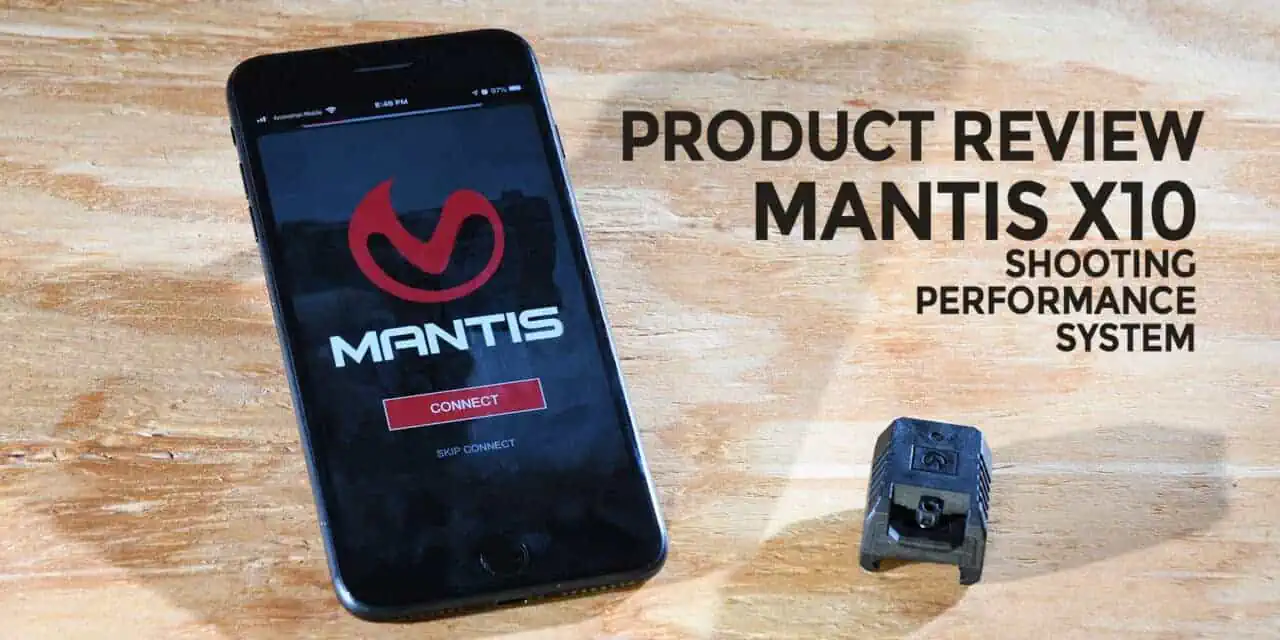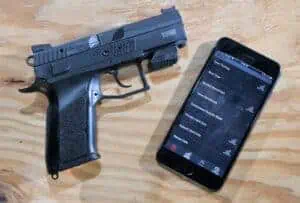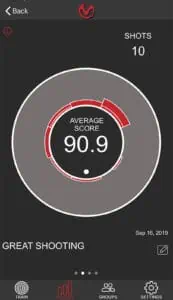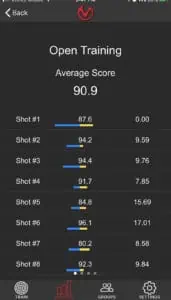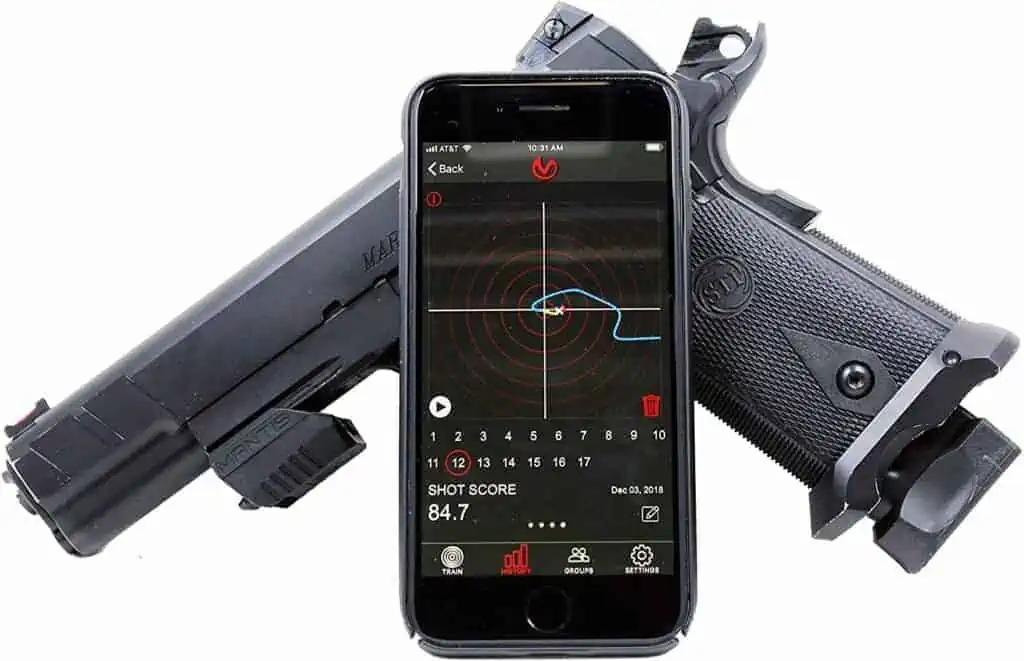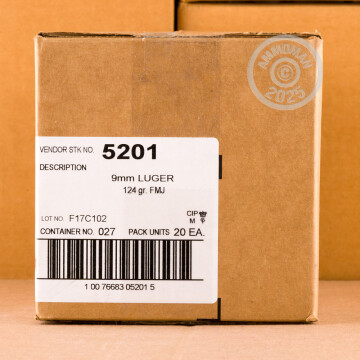More Bang For Your Training Buck
Anyone who’s been involved in the martial arts knows the value of kata, or single practice. Kata is a Japanese word that means “form,” and it’s used to describe practicing your techniques by yourself in order to achieve mastery. Kata, or some other form of solo drills, are common in one form or another to almost all martial arts. Boxers, for instance, practice shadow boxing when they don’t have an opponent to spar with, and kata is an essential part of karate and most Okinawan and Japanese martial arts. The fundamental techniques learned in kata are directly applicable to sparring and competition. Mastery of kata is a sign that you are mastering the martial art of your choice.
When it comes to defensive pistol training and competitive shooting, dry fire practice is kata. It’s where we learn the basic fundamentals of using a pistol to defend a life or compete in a match. By committing yourself to a regular dry fire routine, you’ll master the basics of pistol marksmanship in the safety of your own home, without the time and money commitments of going to the range and shooting live ammunition.
However, dry fire practice can be a little… dry. Dry fire lacks the thrill of shooting live ammo, and so it’s just not as much fun to do as live fire practice. With live fire, there is the immediate feedback from the target if you do things correctly. With dry fire, there is only your ability to see the sights and understand how what you are doing is affecting how they move.
This Mantis X10 review may contain affiliate links. This means if you click through, we earn a small commission to allow us to do further testing.
Mantis X10: Simple, Easy, Effective
Enter the Mantis X10 training system. The Mantis X10 trainer consists of a small Picatinny-compatible sensor that goes on your gun and an iOS or Android app. The sensor communicates with the app via Bluetooth. The app then records the data from the sensor onto your device of choice.
The sensor can be mounted on either a pistol or a rifle in a variety of different ways. If your gun does not have a Picatinny rail, you can either use the included barrel mount (if you’re using a long gun) or purchase one of the add-on mounting systems from Mantis X. The sensor tracks a number of different movements of your gun before, during, and after you pull the trigger during a dry fire training session.
The Mantis X10 also works with live fire training, tracking how the gun moves during recoil and other life-fire exercises. There is also the ability to track your progress day-over-day. The app comes with drills to hone specific gun handling techniques like reloads and drawing from a holster. Let’s look at just a few of the things that you can do with the Mantis X10 system.
Open Training
Open Training with the Mantis X10 is exactly that: No time limits, no specific shot requirements, just you working on your grip and trigger press. The sensor tracks your gun’s movement from the moment you start to pull back the trigger, on through the follow through. Your score for each trigger press is ranked from 1-100. Don’t worry if you start off with a low number. Mantis says that the only way to score 100 in this test is to clamp the gun in a vise. If you’re scoring in the 90s with each trigger press, you’re in pretty good shape.
Strong Hand Only / Support Hand Only
One-hand only pistol shooting is much harder than using both hands. Your support system, aka your support hand, isn’t there to help you any more. As a result, it’s much harder to get a smooth trigger press or maintain a consistent sight picture before, during, and after you press the trigger. The Mantis X10 is adjustable to track the movement of your pistol with either your strong hand or your support hand in either live fire or dry fire.
Live Fire
Live fire practice is where the lessons learned in dry fire practice get applied to real-world situations. All of the dry-fire drills and training routines of the Mantis X10 can be used with live ammunition. This gives you instant feedback on the progress you’re making in dry-fire practice. Live fire practice works with pistols and long guns, allowing you to see how much you’ve improved with almost any gun you own.
Does It Work With A Glock?
Typically, during dry fire practice, the trigger on striker-fired guns such as Glock or Smith & Wesson M&P pistols do not reset after each shot. These guns require you to cycle the action after each shot in order to make the trigger functional once more. During live fire, this function is performed by the cartridge firing. Double-action hammer-fired guns like the CZ75, however, will reset the trigger regardless of whether the action cycles.
At first glance, this presents a disadvantage for Glock owners. If all you can get out of dry fire is one trigger press per session, what’s the point of dry fire? Fortunately for them, the Mantis X10 is smart enough to filter out the motion of manually cycling the slide for each shot. This allows you to perform as much dry fire as you want with your Glock, and still get accurate scores from your training session.
There is much more to the Mantis X10 system than just these few drills. The system has a draw analysis feature, which is helping me to speed up getting my gun on-target. It has drills for learning to quickly reload an empty pistol and for shooting at a consistent pace. There are benchmarks for measuring individual performance, and groups of users so you and your friends can track each other’s progress.
Issues and Concerns
If there are any problems I’ve had with the Mantis X10 over the few months I’ve been using it, it’s that attaching it to the Picatinny rail of my CZ P07 Duty means that I can’t use that pistol with a holster. There is a workaround for this. Mantis offers a variety of adapters that add a length of Picatinny rail to the bottom of many different pistols. The sensor can be added to that rail, and the app can be adjusted so that the sensor is picking up the movements of your gun correctly.
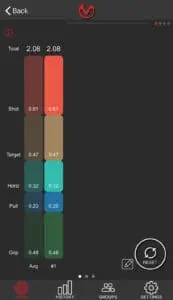
The Draw Analysis screen. Looks like I need help getting to my gun, and then getting my gun on-target.
However, not every pistol on the market has a Picatinny rail mount, and Mantis offers adapters for only a select group of pistols. If you’re a fan of, say, the Ruger EC9s, you might be out of luck for now.
Better Practice Makes For Better Marksmanship
The question you’re asking yourself is, does it work? Does the Mantis X10 improve your marksmanship? Yes, I think it does. For example, I’ve known for quite some time that my draw speed is very slow. Using the Mantis X10, I was able to isolate exactly which part of my draw needs improvement. The Holster Draw drill on this system showed I am taking way too much time to acquire the sights as I move my pistol out towards the target. Knowing this, I’ve adjusted my practice to concentrate on that portion of my draw.
In addition, I recently adjusted my support hand only/strong hand only technique. The Mantis one-hand only drills have allowed me to practice this technique and work on perfecting it without going to the range and shooting some of my precious ammo supply. The system allows me to maximize my range time and use my ammo in the most effective way possible.
The Mantis X10 is unlike other dry fire training aids. Rather than project a laser dot on a wall like other systems, the X10 tracks the movement of your gun as you perform your drills. As an added bonus, it also works with live fire practice. If you’re looking to optimize your dry fire practice time, a Mantis X10 would be well worth looking into.
Get the Mantis X10
Want to try the system yourself? Get it here for about $250. It’s a great way to hone your skills when a trip to the range isn’t going to happen.

